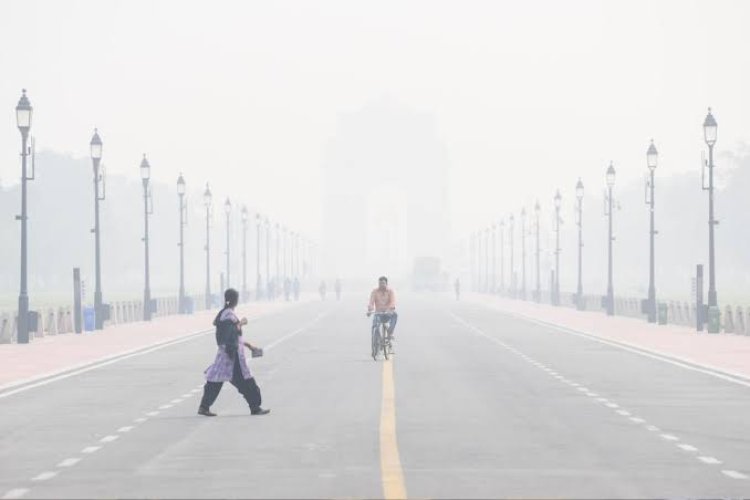Delhi's air quality plunges into 'poor' category with an AQI of 245

The air quality in the national capital on Sunday morning was recorded in the 'poor' category with an Air Quality Index (AQI) of 245.
According to the System of Air Quality and Weather Forecasting And Research, Safar-India, the AQI near Anand Vihar was recorded at 345 in the 'very poor' category, similarly, the AQI at the city's Burari Crossing area was recorded at 269.
The air quality in Delhi's ITO area was recorded as poor with an AQI of 203, while in the Punjabi Bagh area, it was recorded at 236, which is again in the poor zone. The RK Puram area recorded an AQI of 239, at New Moti Bagh it was recorded at 267, while at Shadipur it was at 217, all in the poor category, as per SAFAR-India.
The air quality in Noida also dipped into the poor category. Early morning visuals showed cars making their way through the smog-filled highway of the city.
With the air quality index in Delhi dropping to the 'poor' level earlier on October 6, authorities in the National Capital Region (NCR) were asked to strictly implement measures under Stage 1 of the Graded Response Action Plan (GRAP).
This included a complete ban on the use of coal in roadside eateries, hotels and restaurants.
Air Quality Index is a tool for effective communication of air quality status to people in terms that are easy to understand. There are six AQI categories, namely Good + Satisfactory, Moderately polluted, Poor, Very Poor, and Severe. Each of these categories is decided based on ambient concentration values of air pollutants and their likely health impacts (known as health breakpoints).
According to the AQI scale, the air quality check between 0 and 50 are considered "good", 51 and 100 are "satisfactory", 101 and 200 are "moderate", 201 and 300 are "poor", 301 and 400 are "very poor", and 401 and 450 are "severe" and "severe+" when AQI exceeds 450.
Earlier on October 9, during a press conference, the AAP Chief Spokesperson Priyanka Kakkar said, "In 2022, the air quality in Delhi improved further by 8 per cent. In 2023, this improvement has reached 31 per cent. According to a report, in the last 8 years, excluding the COVID period, the air quality in Delhi has been the best in the year 2023"Earlier, the Centre's air quality panel directed authorities in the National Capital Region to enforce a ban on coal usage in hotels and restaurants and take punitive measures against polluting industries and thermal power plants as the air quality in Delhi plunged into the "poor" category.
This action came as part of the government's pollution control plan known as the 'Graded Response Action Plan' (GRAP) which is implemented in the Delhi-NCR to combat air pollution during the winter season.















































